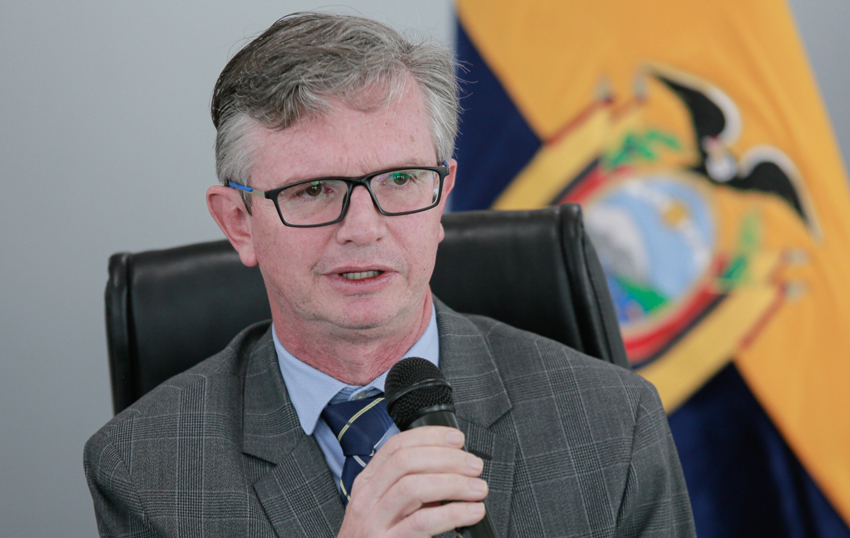The Government is projecting a deficit of $5.789 billion by the end of 2023, and a consolidated balance of public debt and other obligations totaling almost $60 billion, or roughly 50% of GDP.
In the inaugural month of Daniel Noboa Azín’s government, Ecuador faces a challenging fiscal landscape, marked by a burgeoning deficit of $5.789 billion. Minister of Economy and Finance, Juan Carlos Vega Malo, addressed the media in Quito, outlining measures to stabilize the country’s precarious financial situation inherited on November 23rd during the change of leadership.
The current state arrears, initially at $2.8 billion, have escalated to $4.0 billion, and the fiscal deficit for the year is expected to reach $5.789 billion. Minister Vega Malo likened the situation to “stabilizing the patient,” emphasizing the need for immediate attention without succumbing to financial demise.
Three key factors contribute to Ecuador’s fiscal predicament:
- The decline in crude oil prices leading to reduced oil revenue.
- Decrease in tax income due to the rollback of the tax reform.
- Global interest rate hikes impacting debt payments.
Selling bonds, cashing gold and cutting funding
Faced with a lack of resources, Minister Vega Malo outlined potential solutions. The government is considering issuing Treasury Certificates (Cetes), with the possibility of involving private banks in the process. Internal bonds and re-establishing links with the Biess-IESS are also on the table to generate liquidity and address part of the debt.
Two recent measures related to the Ministry of Economy’s debt to the Central Bank and the potential sale of monetary gold were discussed. The proposed debt re-profiling aims to extend payment terms until 2040, offering substantial cash savings of $800 million over the next 18 months. The sale of approximately 10% of the gold reserves, as suggested by President Daniel Noboa, is projected to yield profits, contributing to the Ministry of Finance without adversely affecting the national reserve.
President Noboa’s announcement of a $1.0 billion cut in state expenses for 2024 was clarified by Minister Vega Malo. The cut, expected to be more than initially stated, will predominantly impact public companies.
Low growth projections get worse
Amid these fiscal challenges, economic growth expectations have been revised downwards to 1.5% for 2023. The Ministry of Economy and Finance presented key figures, including a national treasury account balance of $95 million in early December 2023 and accounts payable nearing $4,317 million with social security, Decentralized Autonomous Governments (GAD), public entities, and state suppliers.
The government’s immediate priorities include addressing critical needs in security, health, potential environmental challenges like the El Niño phenomenon, salaries, transfers mandated by the Constitution, and legal obligations. The projected fiscal result for the General State Budget in 2023 is anticipated to exceed $5.789 billion, equivalent to 5% of the Gross Domestic Product (GDP). As of September 2023, the consolidated Non-Financial Public Service carries a balance of public debt and other obligations totaling $59,895.9 million, representing 49.53% of GDP.


0 Comments